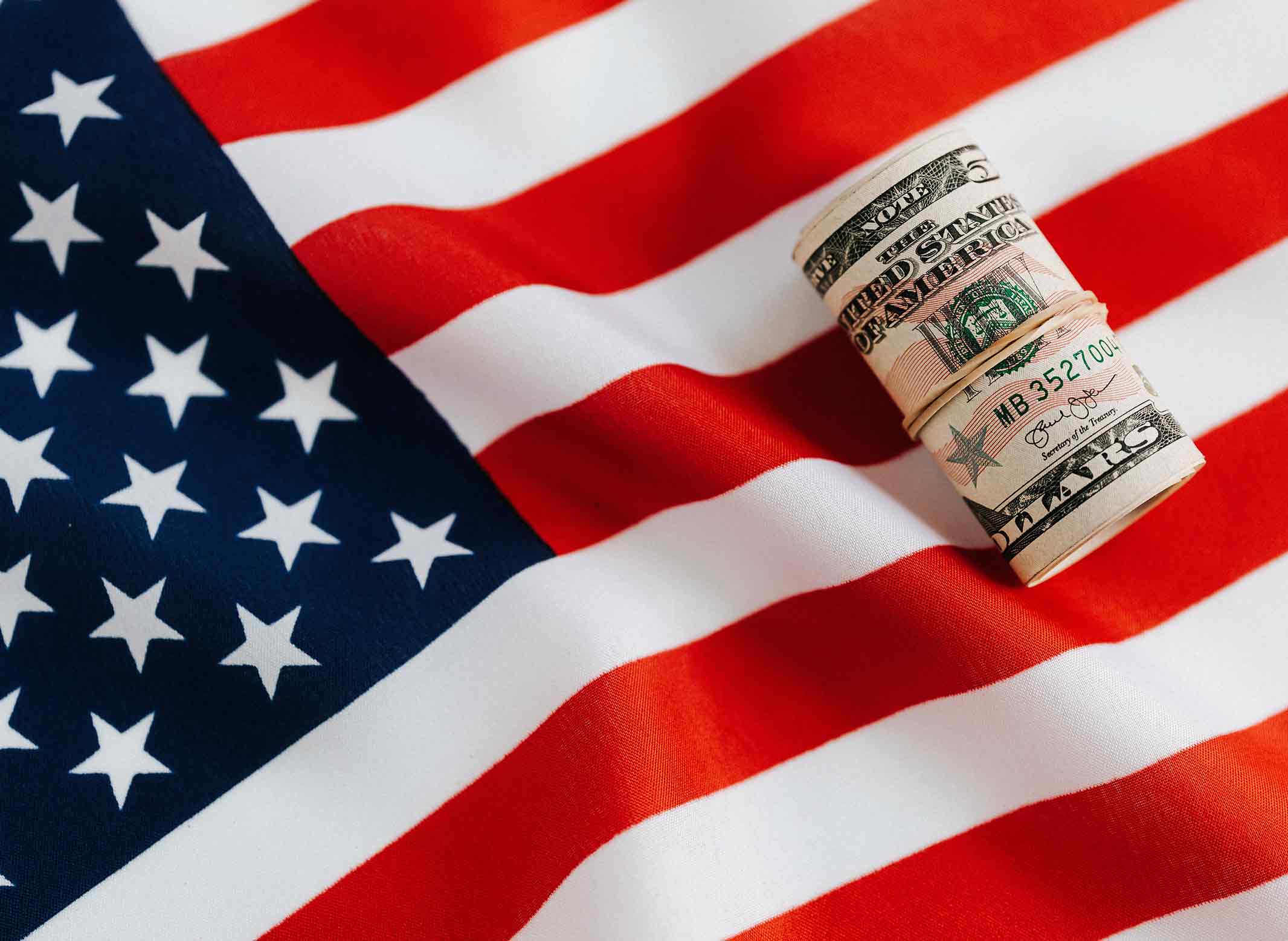Applying for a loan in 2022 can be a drag. The choice between fixed rates and variable rates does not seem to be helpful, either. Whatever you take the loan for – buying a house, a car, or sending your kids to college – it is always a serious and large event. Hence, understanding how interest rates work may be crucial in making the right decision. Which kind of rates are a better option in an unstable economy?
What Are Fixed Rates?
If you apply for loans with fixed rates, the interest rates stay the same throughout the whole life of your loan. In other words, your monthly repayment schedule will remain the same all the time.
Banks and lenders determine their fixed rates by taking into account a variety of factors. Among them, you can find the current market rates. Some lenders may even take your credit score into consideration when proposing a fixed rate.
The biggest advantage of a fixed rate is the financial stability you can achieve throughout your repayment schedule. On the other hand, these rates tend to be a little bit higher than their variable counterparts. After all, banks and lenders need to make money as well.
Article that may interest you: Minimum Credit Score When Renting an Apartment: Is There One?
The most common examples of fixed-rate loans are:
- Car loans.
- Personal loans.
- Federal student loans.
What Are Variable Rates?
Since the market conditions are fluctuating, variable rates change regarding the current economic situation. In such conditions, interest rates can go up or down. 2022 is the most unexpected year for all those in debt because FED constantly increases the rates.
The London Interbank Offered Rate, sometimes known as LIBOR, or the Prime Rate, is the two benchmark rates that most variable rate consumer loans are based on. Simply put, these two benchmarks give financial organizations a quick way to estimate the cost of money.
For variable-rate loans, lenders base their calculations on LIBOR and the Prime Amount, and they add a margin to those rates to determine the rate that consumers will pay.
When it comes to the biggest advantages, variable rates are commonly lower than fixed rates. This way, you are able to save more money since your monthly payments will be lower. However, variable rates can get higher throughout your loan life meaning that the current economic situation will impact your credit and loans. What is more, lenders can check your credit reports in order to determine the starting point of your interest rate.
The most common examples of variable rates are:
- Credit cards.
- Personal loans.
- Private student loans.
Which Interest Rates Should I Choose?
Firstly, you should consider your financial situation when applying for a loan. This way you will be able to understand which interest rate is better for you.
Fixed rates are best for those who seek stability in life and want a certain rate throughout the whole loan life. For many years, it was considered to be a good choice for people who are willing to pay more for their loans.
On the other hand, variable rates are better for short-term financing and aim for lower rates. At least that is what we were used to for many years.
However, times are changing rapidly and in 2022 we observe a major change in the market. With increasing interest rates, it seems safer to apply for a loan with a fixed interest rate. The future of the US market is uncertain, therefore you need to consider the bigger picture. Choose the rates that provide you with stability and safety.
